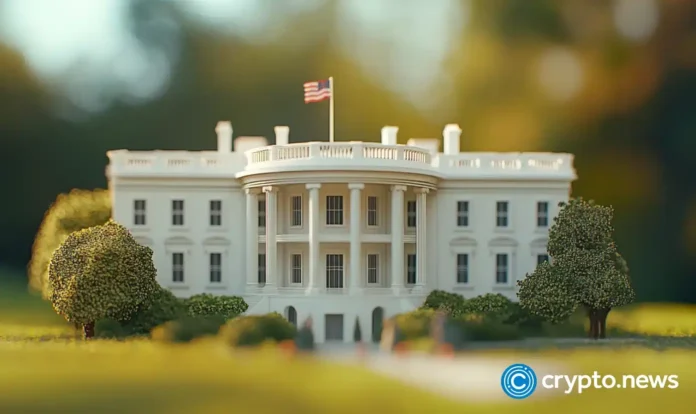The White House’s Crypto Guideline Report: A New Era for Blockchain or Regulatory Chaos?
The wait is almost over. On July 30th, the White House will release its highly anticipated crypto guideline report, which could either propel the US to the forefront of blockchain dominance or further mire the industry in regulatory uncertainty. The stakes are high, with some even whispering about the possibility of a Bitcoin reserve and increased access to crypto companies. The mission, should the US choose to accept it, is nothing short of a financial revolution – or ruin.
What to Expect from the Report
The digital asset industry has long been plagued by unclear regulations, with companies navigating a legal gray area and overlapping jurisdictions. However, the upcoming report signals a crucial turning point, at least in intent. One of the most anticipated recommendations is a proposal to expand fair access to the Federal Reserve’s payment systems. Currently, most digital asset companies rely on intermediary banks for dollar transactions, which creates bottlenecks and single points of failure. Direct Fed Access would not only streamline settlements but also force traditional banks to compete with blockchain-native payment rails.
Another proposal that’s been making waves is the idea of a Bitcoin Strategic Reserve. This would represent a radical departure from traditional financial management, with the working group exploring models where Bitcoin could be held or used by the Treasury Department while maintaining the cryptocurrency’s liquidity. This approach is reminiscent of strategies used by corporate treasuries and nation-states like El Salvador, but with stricter compliance guidelines. The mechanics of how this would work are still unclear, but it could have significant implications for the markets.
StableCoin Directive and Regulatory Permits
The report is also expected to address the StableCoin directive, with a clear preference for privately owned dollar tokens that maintain parity with the US dollar. Notably, the CBDC model has been rejected due to concerns over data protection risks and the potential erosion of individual financial autonomy. Instead, the administration seems to be betting on the market-oriented success of stable coins from US issuers, particularly those with transparent reserves and tested support.
However, navigating the treacherous waters of regulatory permits won’t be easy. The SEC and CFTC have been locked in a months-long dispute over whether most tokens qualify as securities or commodities, while finance ministry officials have been pushing for a new independent regulatory authority specifically for digital assets. The working group’s compromise, which is expected to include a functional supervision framework, may not satisfy either camp. The real test of the report will be whether it can translate its policy vision into practical politics without crushing the innovation it seeks to harness.
The Road Ahead
On July 23, Bo Hines, executive director of the President’s Digital Asset Advisory Council, announced that the report would be published on July 30th. The document, led by Hines and tech entrepreneur David Sacks, is the result of a 180-day review by the President’s working group on digital assets, a cross-agency effort involving the Treasury, SEC, CFTC, and trade department. While the report’s release will undoubtedly be a significant milestone, it’s unlikely to be the last word on the matter. The true impact of the report will depend on its ability to balance regulatory clarity with innovation, and only time will tell if the US can emerge as a leader in the blockchain space.

